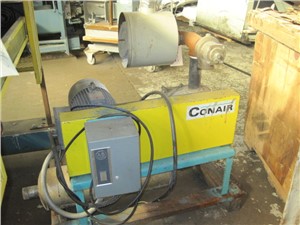For a single machine or your entire shop floor, we are your resource for quality used and professionally refurbished equipment.
.jpg)
.JPG)

Arlington Machinery provides extensive service offerings and product selection to serve the needs of the plastics manufacturing industry.
More than just brokers, we inspect, repair and refurbish equipment to sell in the condition you require - financing available.
Buy Quality MachineryOur experts appraise and buy equipment of varying condition, with trade-in and upgrade options to support your sale.
Sell Your EquipmentReceive quick, accurate machinery appraisals for auction, insurance, refinancing or any other business need.
Request An Appraisal